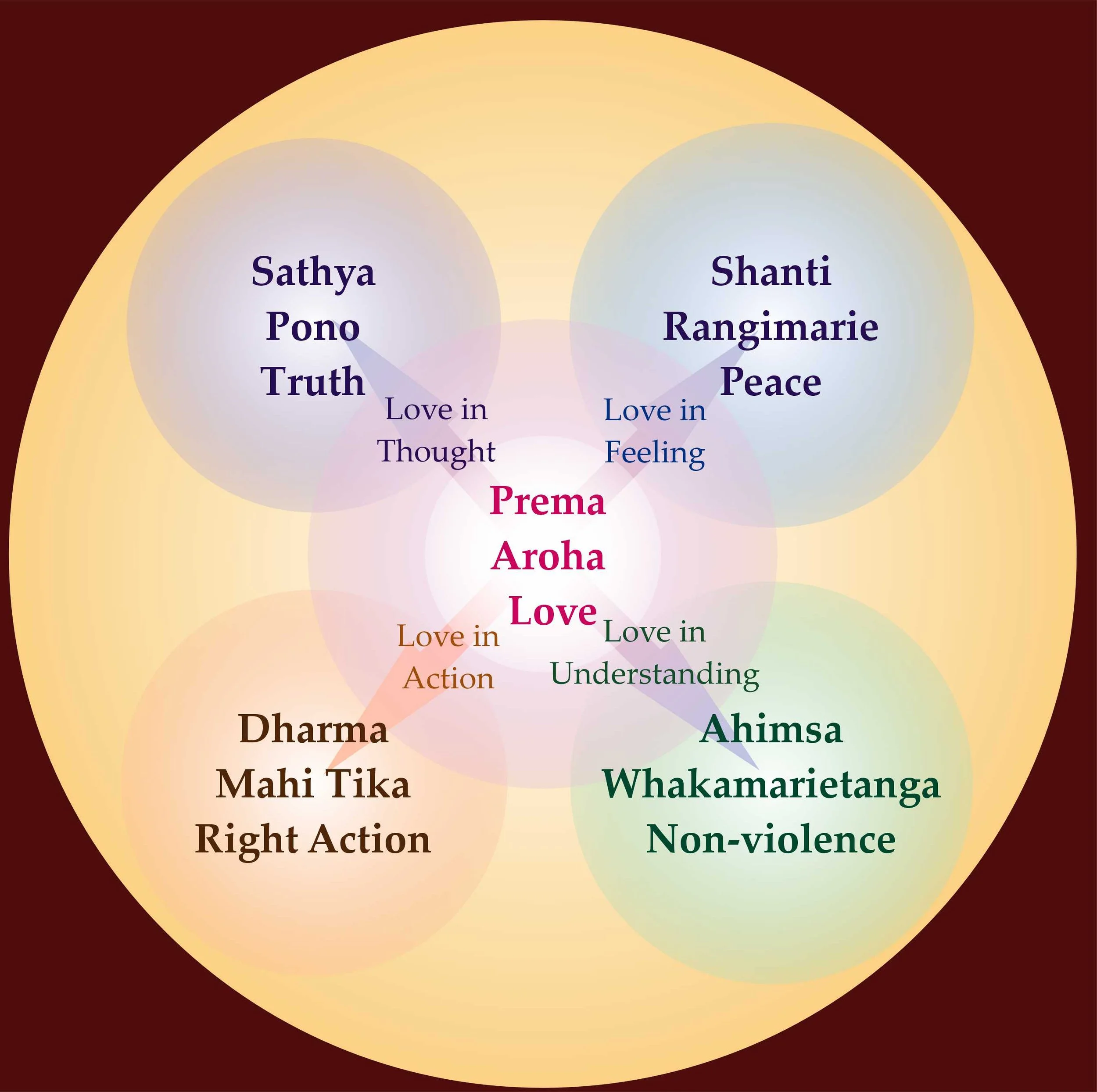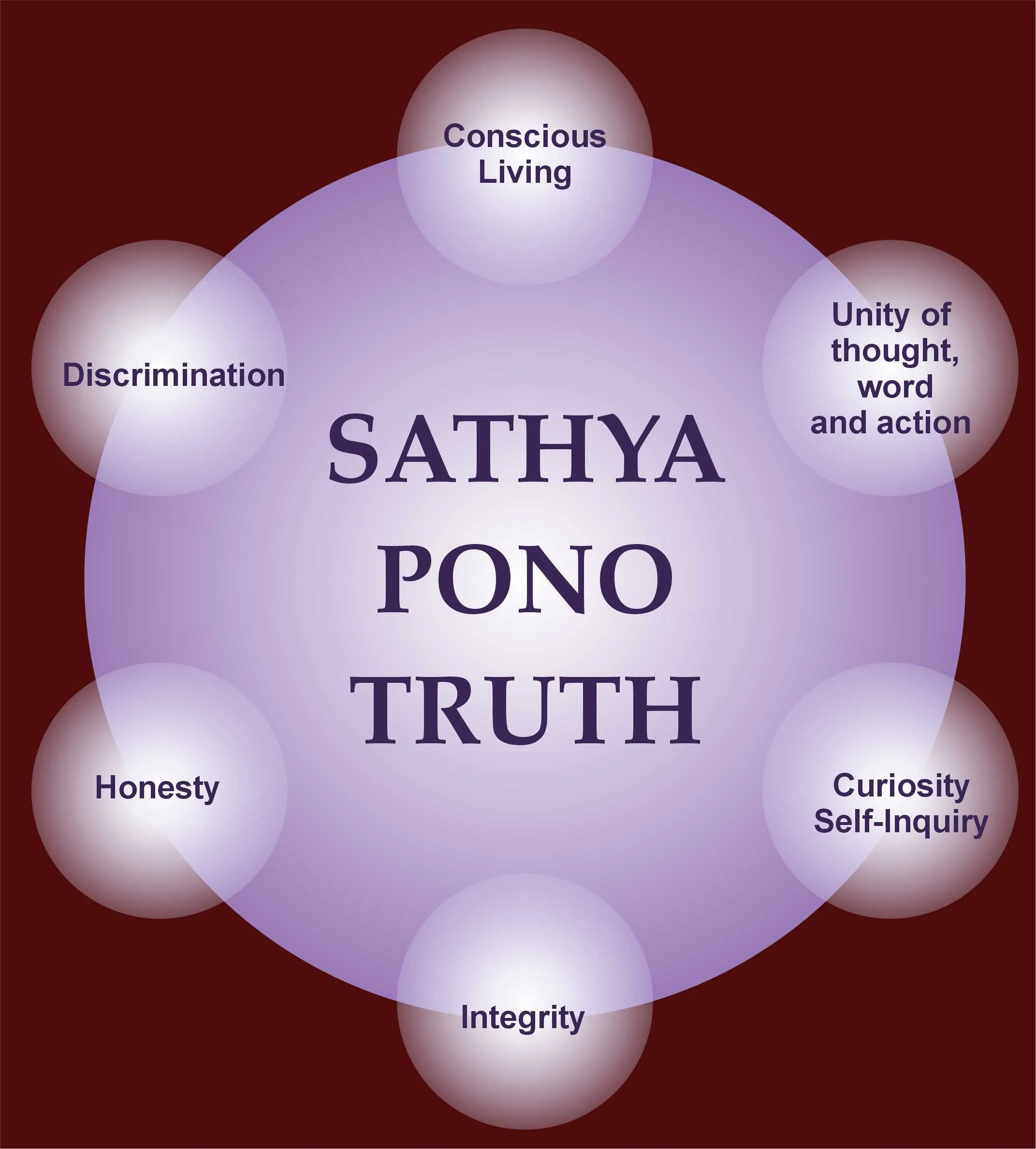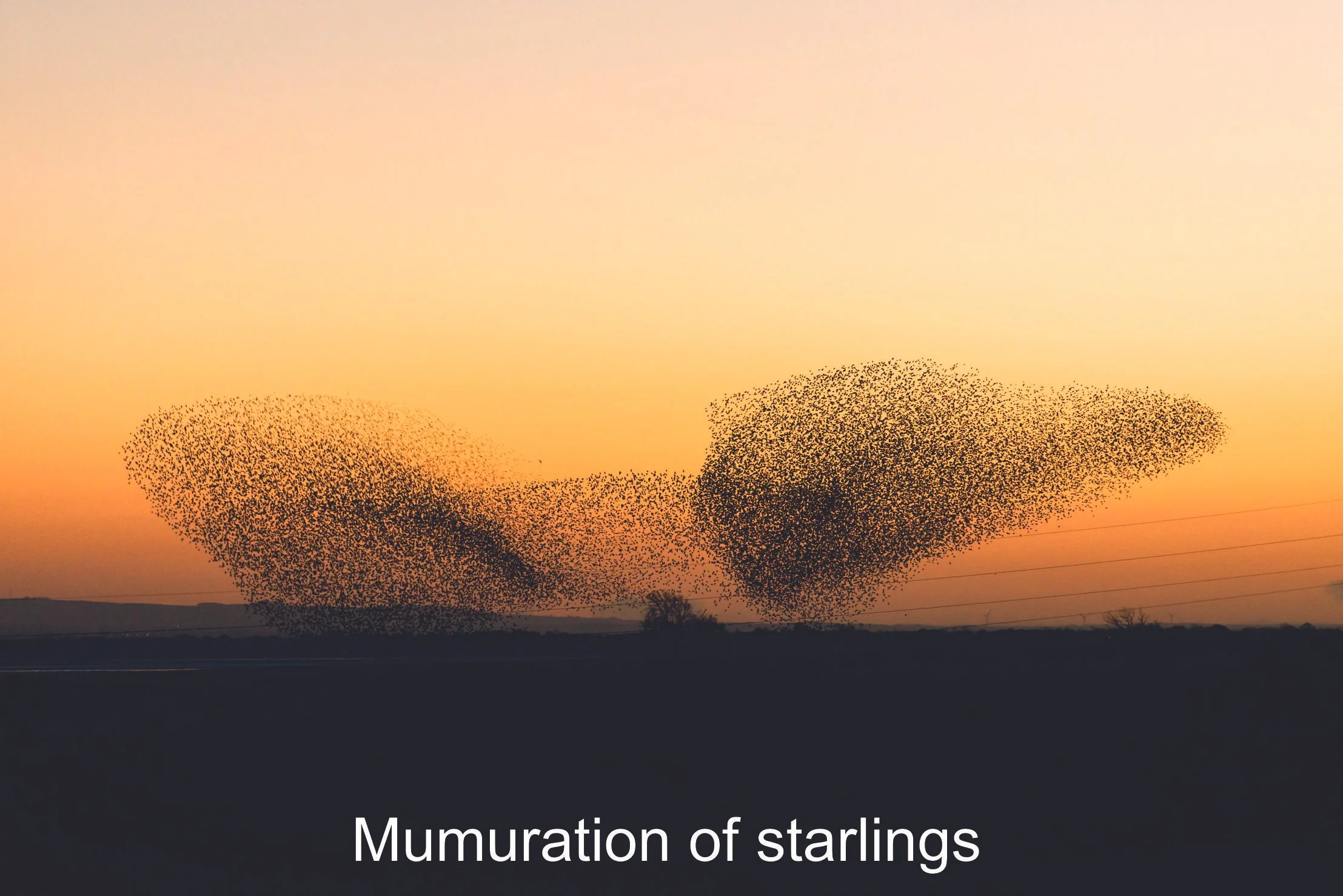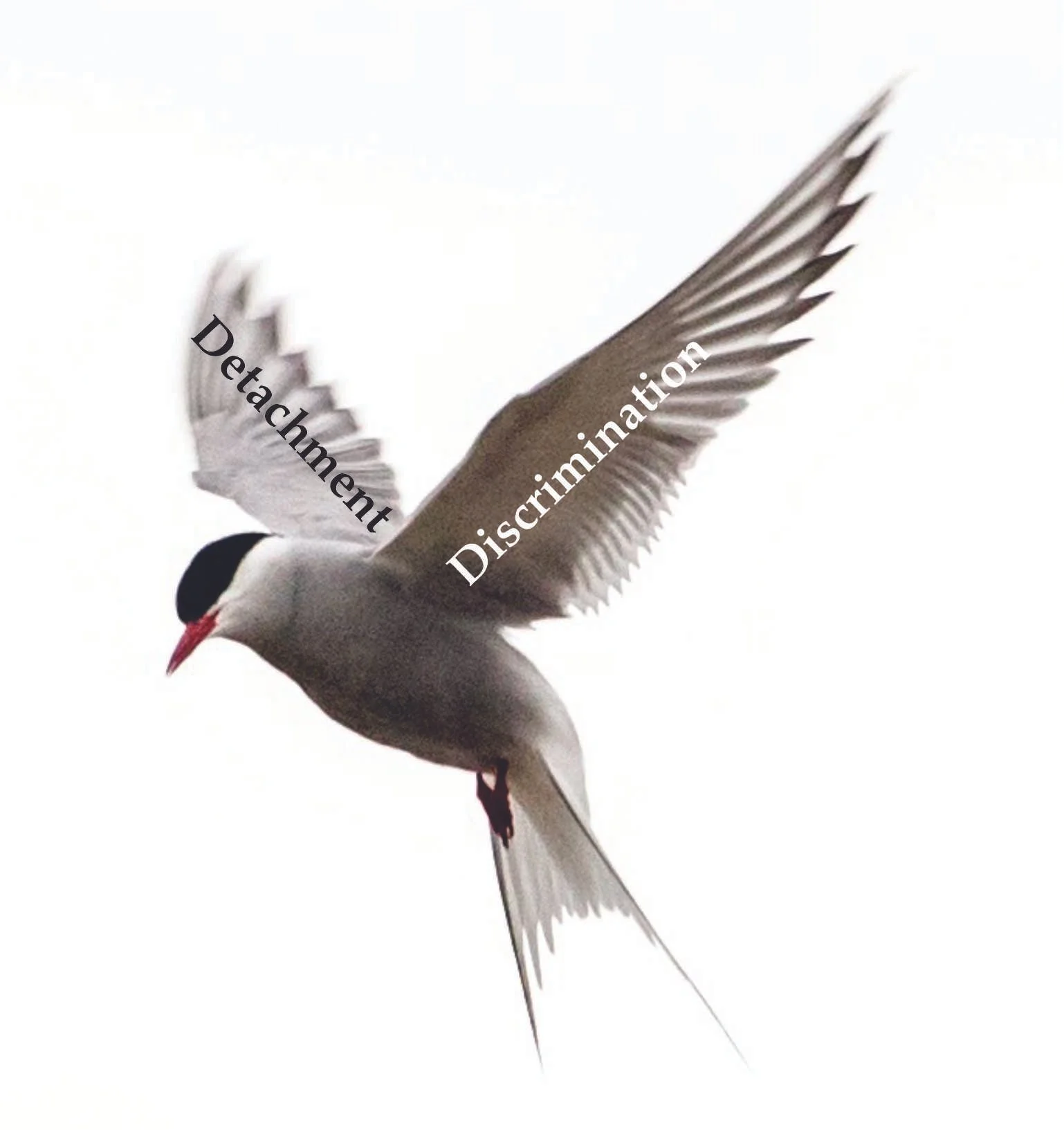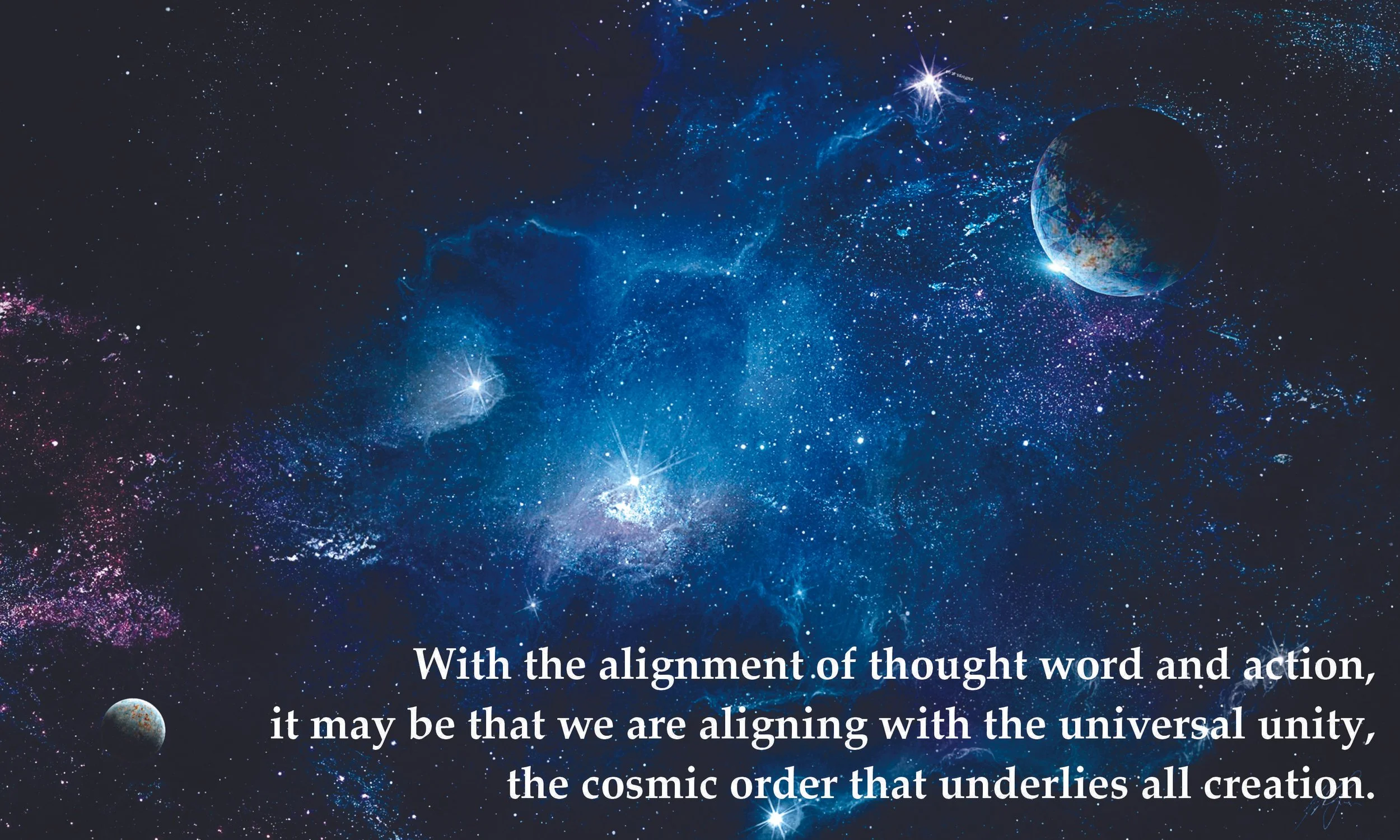PREMA JYOTHI Newsletter of the Prema Trust and Sacred Earth Community – August 2025
The Human Values Series
“A society without values will cease to be human. The more human values are cherished, the better will be the growth of society, the nation and the world.”
Sathya Sai Baba
Kia Ora Koutou
This month sees us begin a series of newsletters that focus on the values that not only are the bedrock of Sacred Earth but also underpin the work of the Prema Trust.
These values, which have been gifted to humanity by Sathya Sai Baba, are a vital panacea for the ills that beset this age. In a sense, these values have the potential to form (and inform) the mores of our whole social interaction. Imagine if we lived in a society which was founded on these values. Our world would be a totally different place.
In the Vedic cycle of the yugas (ages), the first of the cycle termed Sathya Yoga (or Kreta Yoga) was a time when these values were inherent within all people and expressed in society. There was harmony all over the planet. What we see in front of us is simply the nadir (bottom) of this cyclical movement of the yugas (Kali Yuga), where the expression of these values has diminished to the point that very future of the planet and, by implication, humanity, is imperilled.
Sacred Earth is more than a retreat, more than a simple community of people. It is more akin to a school where we have come to learn, come to reconnect with these values. If we observe nature, we can see quite clearly that, contrary to Dawin’s theory of survival of the fittest, nature survives by cooperation. From the smallest microbial milieu that is found in the earth, where plants are fostered and fed by bacteria and fungi, to the oceans where there is (or ought to be) a harmony between the levels of depth – one supporting the other, cooperative systems are the very foundation of life on this planet.
The glaring exception is humanity, where greed and lust for power has overtaken our sense of responsibility to each other and to the planet. How can we redeem ourselves? The answer lies in the practice of the values.
The Human Values as articulated
by Sathya Sai Baba
This graphic speaks to the interdependence of the human values. Although we will explore each value in depth over this and the next four newsletters, it is important to recognise that, to live a totally fulfilled life, the values are not only interwoven but integrated into our lives.
Each value also is the mother of a range of expressions of the core value. These expressions will also be explored in depth to reveal the multiple ways that we are able to integrate these values to foster full, happy and meaningful lives. The practice of the values can not only help our lives, but the lives of those around us and, ultimately the lives of everyone on this planet.
It can be said that, if we do nothing else in the way of spiritual practice, if we practise just one value (or expression of that value) we will enrich and progress our inner journey.
In this, and the next four newsletters in 2025, we will explore some aspects of the values and the practical way that we can begin to align ourselves with Truth, Right Action, Non-Violence, Peace and, probably most importantly Love.
Episode 1 – Truth
When we examine the value of truth, we enter a potentially conflicted aspect of our lives. Perception and ‘reality’ often are at odds with each other. Again, the perception of people on two sides of an argument can be starkly different. Navigating through the perceptions of different personalities can be a minefield (mind-field). How, if this world is arguably ‘real’, can two people perceive the seemingly same thing differently?
Perhaps the answer lies in the nature of the mind-field itself. We see the world through the lens of the mind. It is often said that we create our own reality. If this is so, how could we ever think to agree on what is ‘true’ and what is ‘not true’? So, the perceivable becomes fluid – not fixed.
Disagreements range from mild philosophical argument to outright hostility about the viewpoint of the ‘other’. A pertinent example that is with us today is the perception of Israel’s actions in Gaza. There are many who believe that Israel is conducting a ‘moral war’. Equally there are those who see Israeli actions as immoral. Both sides are sure of the moral basis of their arguments. How can such a horrendous situation be viewed from two sides? Where is truth in this tragedy?
When the value of Truth is examined from a viewpoint that exists outside of mind, it becomes apparent that truth cannot be found in mind, at least not the unchanging truth that underlies this creation. That is the Truth that cannot be described or analysed – it simply IS.
The expression of Truth as Conscious Living
The play of consciousness and the conscious mind is a mysterious one. If we are consciousness alone, that is the Self, how does the mind, which differentiates creation from the creator, become conscious of that oneness? If we step ‘outside’ of mind, what is there? We can go beyond mind, yet, we somehow still have to interact with this world.
Perhaps the answer lies in seeing the creation as consciousness itself, as a projection of our own beingness. Keeping that concept in our understanding, perhaps we may be able to treat all aspects of creation, and our interaction with those aspects, as simply the flow of Self towards Self (and vice versa). With such a perspective, we recognise that a disruption of the flow will result in some consequence. Therefore, we become more careful in how we think, speak and act. A pause is required prior to that interaction.
Learning how to pause, i.e. going into the heart’s silence, allows us to assess the consequences of our intended interaction with others or the environment. By undertaking such a habit, we acknowledge the Truth of this existence and that we are not separate from that Truth.
There is a story that Sathya Sai told of His previous incarnation Sai Baba of Shirdhi that illustrates the truth that the one consciousness pervades all.
Once in Shirdi, Tatya's wife prayed to Baba to visit their home and partake of food there. Baba accepted her request and promised to visit their home. She prepared everything for Baba's visit and kept everything ready. But Baba did not come at the appointed hour. She served food in the plate and went to Baba's photograph and said, "Baba why are you putting me to shame? More than my humiliation, you will be called a liar if you do not come. Why do you utter a lie? You should keep your word!"
Meanwhile, a dog came into the house and started eating the food in the plate served for Baba. When she turned round to see what was happening, she found the dog. She got angry and beat the dog with a stick and sent it out. She was very sad that food served for God was eaten up by a dog.
Shirdhi Sai Baba with a dog
Next day she went to Baba and pleaded with him, "Baba! Should you not keep your word? Why should you utter falsehood?" Baba got angry and shouted at her. "Saitan! What is the need for me to utter falsehood?" In Shirdi, Baba used the word "Saitan!" often, now Swami (Sathya Sai) uses the word "Dunnapotu" (he buffalo in Telugu). Baba continued angrily, "There is no need for me to utter any lie even if it is to satisfy you. My form is Truth, but you are not able to recognize it because of your narrow thinking. You assume that Sai Baba is only this body measuring five and a half feet. All forms are Mine! You do not have such broad mindedness. You are narrow minded. The dog was none other than Myself."
The great masters teach us Truth about oneness, often in unusual ways. We consider these teachings to be exceptional, especially when something paranormal happens (as in the above story), but the Truth of unity can be learned by observing nature as well. Here, the principal of cooperation can be observed. Consider this. When we are caught out in a storm, we will use a tree for shelter. The tree gains nothing from sheltering us. It simply is itself. By being integral to itself, it serves us, it becomes part of a beautiful play of unity. This aspect of nature is a universal observable phenomenon. Many incidents occur in which nature shows us the power of unity. A few newsletters back, there was the illustration of a murmuration of starlings, a phenomenon observed in the northern hemisphere. In this spectacular sight, thousands of birds fly as one whole entity forming patterns in the sky. Not the consciousness of a single bird, but a collective consciousness. That is the truth of unity.
If we can begin to behave in the same collective unity, we can become a force for upliftment and greater harmony in this planet. We simply have to let go of the idea that we are isolated within ourselves and understand that the well-being of the collective is our own well-being.
Suggestions for living consciously in the Truth of our own being
Simplify – the more things we add to our life (not just physical things but various needless activities) the more we are distracted from the sense of our own true nature.
Being Present – we often live in the past or the future. This causes us to identify with the one we thought we were in the past and the one we want to be in the future. When we are present with ourselves, especially in silence, we can come to a place where we are present with our own truth.
Living intentionally – aligning to the oneness means to live in awareness of who we are. All life becomes intentionally geared towards that flow of unity.
Unity of Thought, Word and Action
“What the tongue speaks, the hands should perform. The mind should also be in harmony with speech. Unity of thinking, saying, and doing is real dharma. There should be unity of thoughts, words, and deeds. Where there is unity, there is purity. Where there is purity, there is divinity.”
Sathya Sai
Adherence to our true nature manifests truth in our lives. The form of that manifestation is unity. The oneness takes a form within us. That form is unity. This unity then becomes the total harmony of thoughts, which begets harmonious speech, and becomes harmonious action. The basis of all this is the inner unity. As Sai states, the pure nature of the heart will shine through that unity.
As our spiritual practice unfolds, this purity begins to manifest more and more. On the way, we need to become more and more mindful of how we harmonise words and deeds. The mind, which lies behind everything we speak and do, can be tamed through an integrated approach to unifying words and actions. It is a process rather than something we master quickly. As we begin to observe the mind and thoughts arising, we become able to develop a conscious sense of what is appropriate for us to say and do. Again, it is a pause before we speak or act. The practice of vairagya (detachment) plays a critical role in this process.
Snow scene - Tapovan, Himalayas
Vairagya is not merely giving up the world or even letting go of mind. It is more a process of surrendering to the unknown within us and its outer manifestation we call uncertainty. We cannot know anything for sure, but when thought aligns with speech and speech aligns with action, what comes to be is anyone’s guess. In a sense we are always in a constant state of surprise, wonder and awe. We watch what arises ever more blissfully. Our days unfold as they will, and all is magical to the heart that is perfectly aligned with itself.
As our mind gradually becomes unified with consciousness, we realise we (as a separate unique individual) dissolve into something larger than what we conceived ourselves to be. We come closer to Truth – the truth of being. As Rumi states – we become the ocean itself. Moreover, we realise that we always have been that ocean.
Discrimination – looking behind the seemingly obvious
“Really speaking, if inquiry, discrimination, and renunciation are carried out while passing through the joys and sorrows of life, the conviction is bound to dawn in a moment that all this is unreal, that all this has no basis in truth. When such knowledge dawns, one is certain to tread the path of religion and spiritual discipline and take up the inquiry that will lead to the truth. This is the task in which people must be engaged.”
Sathya Sai
Vairagya (detachment) is really only one wing of the bird. Just as a bird cannot fly with one wing, so too we cannot live a spiritual life with only detachment. In fact, detachment alone reaps the reward of joylessness. Flying through this life requires the wing of discrimination (viveka in Sanskrit). Discrimination allows us to assess what is truly real, and what is simply the manifestation of our own desire/mind.
A small story illustrates where we can find true happiness.
“A merchant had four wives; he had to go to Bombay once on business for a long stay; he posted letters to them asking them what they wanted him to bring from Bombay when he returned. The first wife (symbolic of thamas or dullness) wrote for some effective drugs which would ameliorate her physical illnesses; the second wanted him to bring fashion saris and choli pieces as well as jewels of Bombay design. Her behaviour marks her out as a symbol of the rajasik (passion) temperament. The third wife (the sathwik (purity) type) wrote that he should bring her some good books like Dhyaneshwari, Sai Sathcharitha, etc. The fourth wife, however, (the jnani (a fully Self realized person), who had gone beyond the three gunas (attributes)) wrote "I require nothing, I want only you." Of course, every one of them got what they had asked for; the fourth one became the happiest of all. Have no desire, empty your mind of all cravings, become hollow and straight - become a flute and Krishna will breathe through you sweet melody to still the agitation of the world.” Sathya Sai
The fourth wife was probably happy for she only wished for her husband. When we only wish for God – the Self, we gain that which can grant us the supreme happiness.
Honesty – truth in the form of thought, truth in the form of action
Unity of thought, word and action derives from an essential self-honest approach to life. These two expressions of Truth are inextricably intertwined in the flow of Truth in our lives. If we cannot be honest with ourselves (truth in the form of thought), we cannot be honest in our interactions with others (truth in the form of words), nor can we be honest in our activities (truth in the form of action).
The stories we tell ourselves (about ourselves and others) have a way of reinforcing the egoic fiction that we are separate. The highest Truth is that we are not separate from anything, and all that we perceive arises from mind.
To develop honesty, we must begin with aligning thought word and action. We also need to recognise when we are telling ourselves a story about ourselves. We are all born with a story that spans lifetimes. As we grow, we inculcate stories from the environment and the people around us. Developing into adults, we begin to believe those stories and we keep reading the same story to ourselves until it becomes fact in our minds. But is the story a true story, or is it a factional story?
The spiritual path begins with looking at ourselves in the same way as we look into a mirror. That mirror demands honesty. It is actually an incredibly difficult process to undergo.
Initially, we may see ourselves as doing all right but, as we continue looking, all our warts and wrinkles begin to reveal themselves. We see that we are not as great as we may have thought we were. We also see that that we are not as useless or insignificant as we may have thought we were. We simply are.
To accept ourselves requires honesty. Strangely, this shift also allows us to align our thoughts, words and actions. We begin to understand the Truth of who we are. In my experience, the process is ongoing and requires a constant re-evaluation of that question – Who am I?
Integrity – alignment with the truth in our own hearts
“Truth, in its real sense, transcends the limitations of time, space and circumstance. It is difficult to practise this transcendental truth in ordinary life. Vedanta (wisdom arising from the Vedas) describes it as Rta (principle of integrity). It is the basis of human existence. It is on this basis that all the facts of the phenomenal world should be properly understood. One should not act on the impulse of the moment immediately a thought occurs. The rights and wrongs of an idea should be examined and only when the heart approves of a certain course should action follow. This is the process of cultivating values. What the mind (head) thinks, should be examined critically by the heart and the right decision should be carried out by the hand. This should be the primary product of the educational process.” Sathya Sai
Interestingly, Sai equates the Sanskrit word rta with integrity. Rta or rita is commonly translated as cosmic order. Perhaps, when we are in integrity, we are in tune with the cosmic order. With the alignment of thought word and action, it may be that we are aligning with the universal unity, the cosmic order that underlies all creation.
To live in integrity, we require self-honesty, but we also need to consider others. Sai tells us that it is good speak truth, but also not to speak a truth that might hurt others. In this case, silence is the best response. As stated, it is useful and beneficial to pause before we speak or act. A careless thought can reap disastrous consequences.
Integrity and morality go hand in hand. To live ethically, is to be in full integrity with ourselves. Morality and integrity create a field around us that silently influences our environment – physical and social. Sometimes we simply need to look at a person to see that they are in integrity. Nelson Mandela (depicted on the previous page) exudes integrity. Gandhi, Mother Theresa and so many saints radiated their integrity to the creation. If we are in integrity, we naturally serve all. Living by Sai’s dictum “Love All, Serve All, Help Ever, Hurt Never” brings us into that alignment with the cosmic order and we begin to develop a union with the Self, with God.
Curiosity/Self Inquiry – looking inward to Truth
Self-enquiry is the means to Self-Realisation. Self-enquiry reveals that you are not the body, the senses or the mind. You are their master. You are the Atma (Spirit). The knowledge based on the body is Bhouthika Jnanam (worldly knowledge). The knowledge based on the mind is sujnanam (rational knowledge). The knowledge based on the heart is Atma Jnanam (spiritual knowledge).
Sathya Sai
In last month’s newsletter – Practice and Presence, we touched on Self-Inquiry as a spiritual practice. How does this looking inward lead to Truth? What does curiosity relate to Self-Inquiry?
When we are curious, we look to find answers. For most, the curiosity is about aspects of this world. Science is all about asking questions of the creation. We look for answers in nature. We investigate phenomena. Even in the scientific process, answers to questions bring about more questions. Most research creates more questions than answers. The spiritual process of looking inward for answers is also a very iterative process, with one question resulting in layered answers. The process of asking who am I? takes us deeper and deeper to find the answer. Satha Sai relates a beautiful story in this regard.
“It was the early morning time. The environment was such that the mind was put at ease, because of the cool breeze. The rising sun gave the entire sky a golden colour. In this very peaceful atmosphere, a thought was generated in the mind of Bhrigu. In this sacred atmosphere, the mind of Bhrigu was indeed constantly generating sacred thoughts. Who is Brahma? Who discovered this aspect of Brahma? What constitutes Brahma? Who is responsible for all this creation? In this manner, from moment to moment, Bhrigu was troubled with ideas and filled with the desire to learn the answers to such questions. Bhrigu made the firm determination to get at the answers. Unable to contain himself any longer, he went to his father to seek an answer.
His father Varuna was an all-knowing person. He prayed to his father to give him the knowledge that he was seeking. Varuna did not have any objection to give answers to such questions, but in those days, the environment was such that the answers to such questions were to be sought by the students themselves. If a guru clears the doubts of the disciple as soon as they arise, then the disciple will lose all capacity to seek and search for answers. Every individual must be given some independence to seek answers to such questions and satisfy his curiosity. In this manner, Varuna wanted to give such an opportunity to Bhrigu. He gave him only a brief outline and said, “Brahma is one in whom all creation started and in whom all creation will merge. He is also the one who sustains all Creation.”
Having received these indications, Bhrigu went back to the forest and, after a great deal of thought, came to the conclusion “Annam Brahma.” He thought that man is born out of food, man lives on food and food sustains man. Ultimately, man dies because of what he eats, and so he came to the conclusion that ‘food is a form of Brahma’ and returned home. He came home and asked his father if what he has learnt was the truth or whether it was merely a reflection of his ignorance. The father said that he had not yet recognised the true significance of Brahman and suggested that he go back to the forest to seek further answers.
He went back to the forest and contemplated for some time. He began to wonder if man can live by food alone. If there is no life in man, can the body enjoy the food that is kept before him. He therefore concluded that life is more important and concluded that “Pranam Brahman.” He made several attempts to reach this conclusion and came again to his father. Again, his father said that the answer was not correct and suggested that he should make further enquiry. Here we may wonder if it is right for the father to keep on sending his son back to the forest without giving him the correct answer. A true seeker of truth should be prepared to undergo any amount of trouble to get at the truth. The teachers of those days believed that each person - be she or he their child or someone else - should undergo all the trouble necessary to learn the truth. The gurus of those days were such that they recognised this aspect.
Bhrigu went back to the forest and in many ways was making attempts to learn the truth of Brahman. He asked himself if food and life were available, would man be happy and contented. Would it be right to conclude that man is born only for food and sleep. He came to the conclusion that in order to understand life, one’s mind is most important. If mind was not present, we can never understand human nature. If there is no mind, one cannot understand the connection that should exists between human and human. Mind, alone, is responsible for bondage and liberation of a human being. He thus came to the conclusion that mind is the form of Brahman. He returned to his father and reported to him his conclusion. Again, the father said that he should go back to the forest and seek the truth.
Bhrigu did so and thought that if man has not got the ability to distinguish right from wrong, his life will become useless even if he has food, wealth and mind. One should be able to distinguish the permanent from the impermanent. Sometimes we also accept this and say, in common parlance, that if a human has no Buddhi (intelligence/discrimination), they are useless. In this context, Bhrigu came to the conclusion that Buddhi is Brahman. This was referred to by him as “Vignanam Brahma.” When he came back to his father and reported this conclusion, the father was still not happy and suggested further enquiry.
Bhrigu went back to the forest again. A true jijnasu (seeker of spiritual knowledge) will have such intense desire to seek an answer to their questions. Without such concentration, one cannot achieve true satisfaction. Today, our concentration is on transient and impermanent things. The Maharishis (sages) and students of the earlier days had immense concentration on their objective. This is the true destination of humans. This is the secret of humans and should be the final destination of human beings. After having acquired human birth, they should make an attempt to understand divinity. Bhrigu continued his enquiry and came to the conclusion that however learned a human may be, unless they have bliss and happiness, this life is useless. The purpose of life is Ananda (bliss) and life comes from ananda. As a water bubble is born in water, grows in water and merges in water, humans have to be born in ananda and sustain themselves by ananda and finally merge in ananda. Bhrigu came to the conclusion that this ananda was Brahma. He was filled with such ananda and this began to grow. He did not come back to the father. After a few days, the father himself came to see him. Bhrigu was fully immersed in bliss, and, for such a person, there is no father, or mother or relatives. The father recognised this state of bliss and blessed his son.”
Truth – the essence of being
Utilising the expressions of Truth, we are able to progressively return to the source of the expressions – Truth itself.
Truth cannot be found in the body. Truth cannot be found in the mind. Truth cannot be inculcated by someone else, no matter how enlightened they might be. Truth can only be found in the Heart. These days, people look for Truth in the external world. That search can only lead to the Heart, however convoluted and tortuous that journey might be, it will eventually and inevitably lead us back to the Heart, where the essence of Being will reveal itself.
May we all come to realise that this is the journey we are on and find contentment in the inevitability of reaching the goal.


